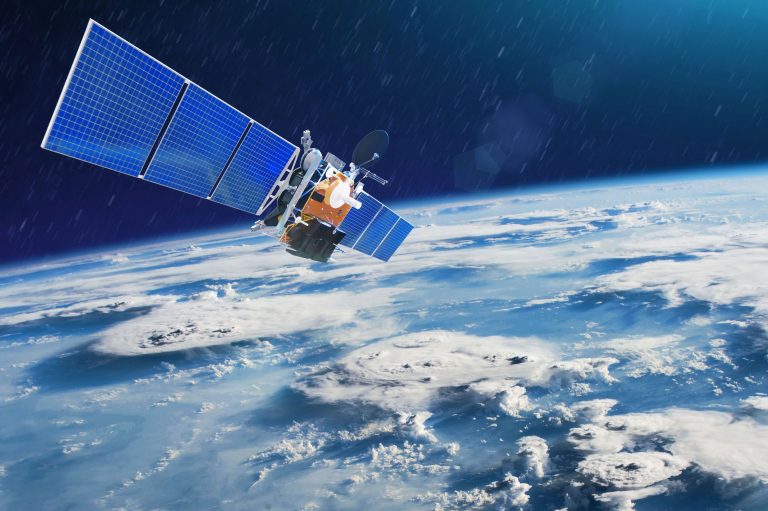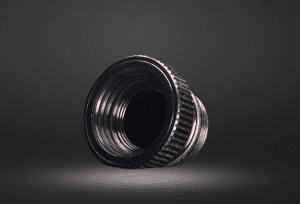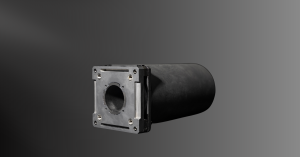Key Takeaways:
- Optics for ultra lightweight space cameras requires top performance with minimal weight, which is crucial for spacecraft where every gram matters.
- These cameras use advanced materials like carbon fiber and titanium, ensuring durability and high-quality imaging in extreme conditions.
- Key features include minimized mass, high-performance optics, radiation shielding, low power consumption, and thermal stability.
- Designed to withstand intense launch forces and harsh space environments, these cameras provide clear, high-resolution images while maintaining energy efficiency.
Optics for Ultra Lightweight Space Cameras
Ultra lightweight space cameras fit maximum performance in a minimalist package. They’ve got to—- when you’re launching a spacecraft weight is at a premium, and every gram counts. But this is not the time to compromise on quality. Ultra lightweight space cameras utilize advanced materials to provide superior performance at minimum weight. They’re built for radiation shielding and low power consumption and can function in a stable manner even when the temperature varies wildly.
Want to know more? This article looks at some of the key features of lightweight space cameras, and how they come together to provide the premium functionality you need for out-of this-world missions. First, though, let’s focus on the extreme environment these cameras are built for.

Focus on: Space Environments
100 to 200 miles above the earth’s surface is where polar orbiting satellites hang out. These satellites circle the earth, passing over a particular point on the earth twice every day— once during daytime, once during the night. This leads to extreme variations in temperature experienced over the course of the day, potentially from -50°C to 50°C.
The atmosphere out here is thin, and everything on the satellite is bathed in potentially destructive radiation. Still, cameras mounted on a polar satellite can take detailed imagery of storms, wildfires, volcanoes, and many other happenings on Earth.
Features of Optics for Ultra Lightweight Space Cameras
In order to perform well under those extreme conditions, a space camera needs to be something special. But it’s not just space environments that require special athermalized design and robust housing. Although space cameras are protected during launch, they are still subject to intense jarring and very quick starts that could warp all but the best housing.



Features of ultra lightweight space cameras include:
Minimized mass
Special materials like carbon fiber, titanium, and advanced composites allow us to build cameras that are both light and strong. Full power, but a small footprint with minimum mass? Yes, it’s possible! Space cameras are also designed with minimal mechanical and electronic components. There are several reasons for them, and size and weight is only one. Eliminating moving and electric parts also decreases the chance of failure and lengthens the time between service needs.
High Performance Optics
Why send a subpar camera to space? Though a space camera must be small and compact, it should also be capable of taking high quality images. Careful design and the use of high quality mirrors, lenses, and sensors enable these cameras to produce clear, high resolution images of their surroundings. One feature you may sometimes see in space cameras is folding mirrors which can hide away when not in use.
Radiation Shielding
On earth, we’re protected from dangerous radiation by multiple layers of the atmosphere. A camera working in space will be exposed to very high levels of radiation, and all delicate optical parts must be adequately protected by radiation-protective housing and thin films.
Low Power Consumption
Space cameras typically function on battery power, and thus should be designed to use a minimum of energy. Eliminating unnecessary features and using low-power electronics are two techniques used to optimize the power-to-performance ratios of space cameras. We work hard to ensure you’ll be able to take as many high quality images as possible, even with minimal battery life.
Thermal Stability
If you’ve taken your iPhone camera out to the beach in Florida— or on the ski slopes in Switzerland— you know that it doesn’t appreciate extreme temperatures. A space camera, in contrast, is designed to function optimally at all temperatures it is likely to reach, whether they are very hot, very cold, or somewhere in between. Careful choice of substrates and mounting materials provide the thermal stability you need in space, and rigorous testing ensures there are no surprises when your camera gets to its final position.
Optics for Space Cameras at Avantier
At Avantier we love a challenge, and we specialize in providing high-performance custom optics for our valued customers. Space cameras are no exception. Whether you need a camera designed for a polar orbiting satellite or a telescope for your high altitude UAV, we have you covered. Contact us today to start the design process or begin finding about more about what it takes to create the best space camera out there today.
GREAT ARTICLE!
Share this article to gain insights from your connections!







